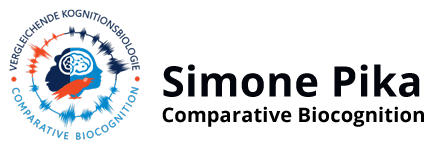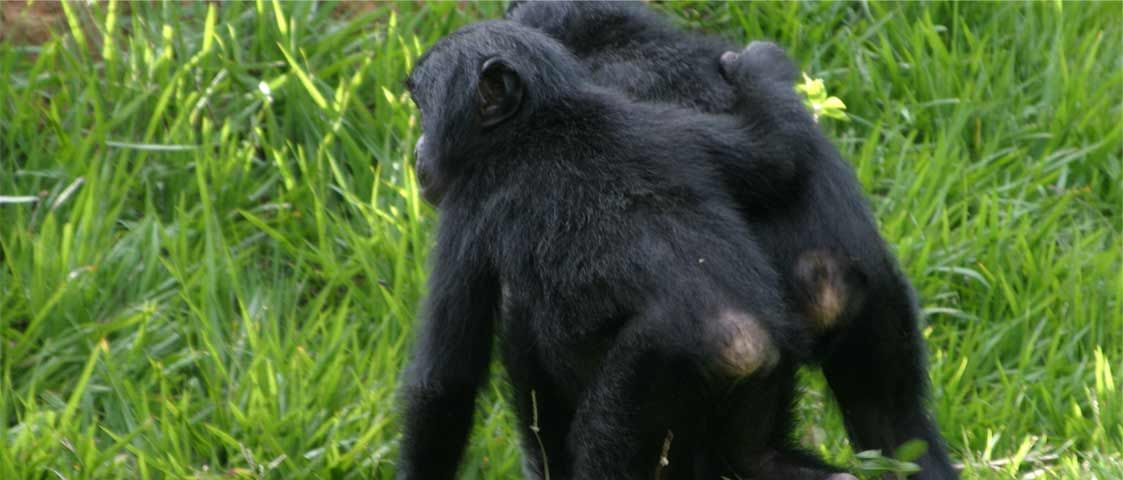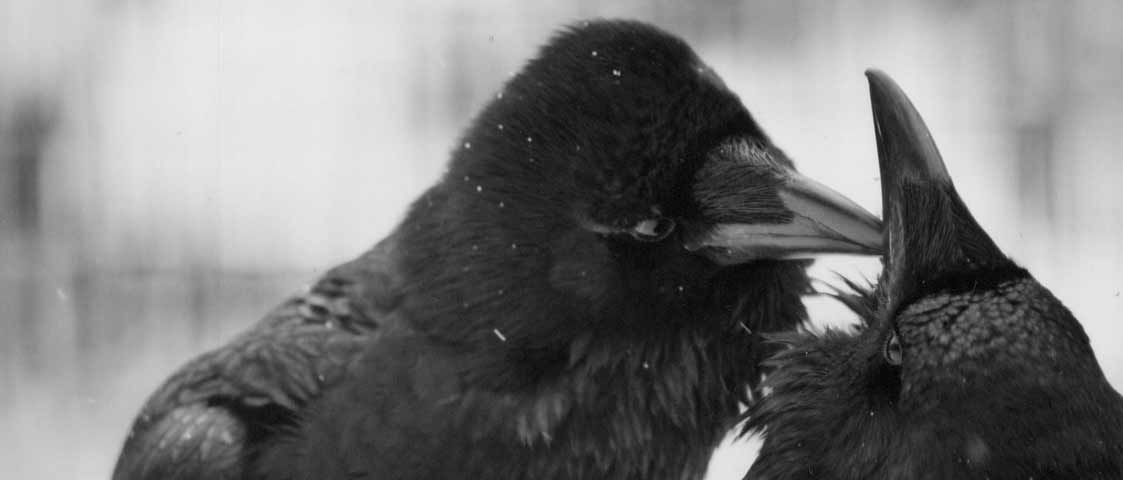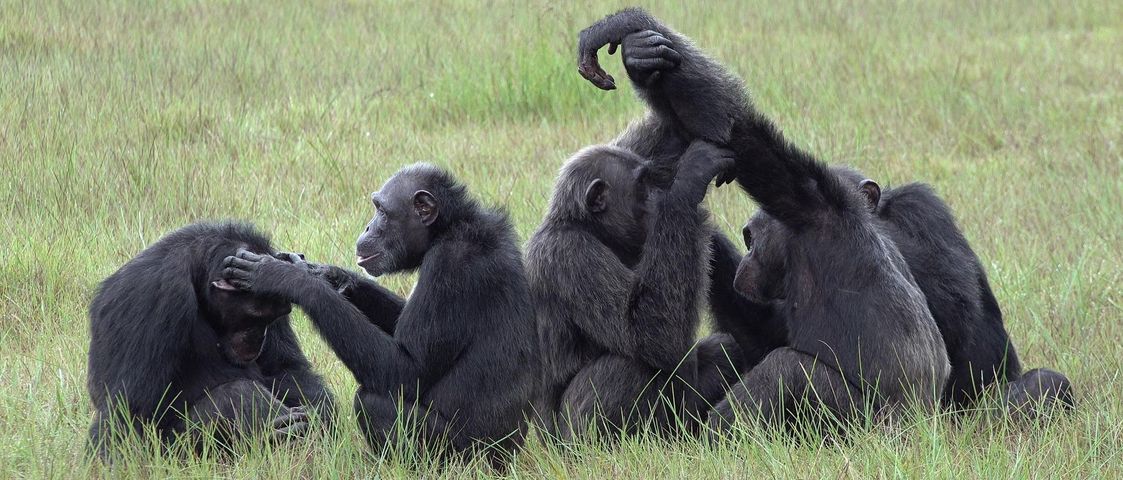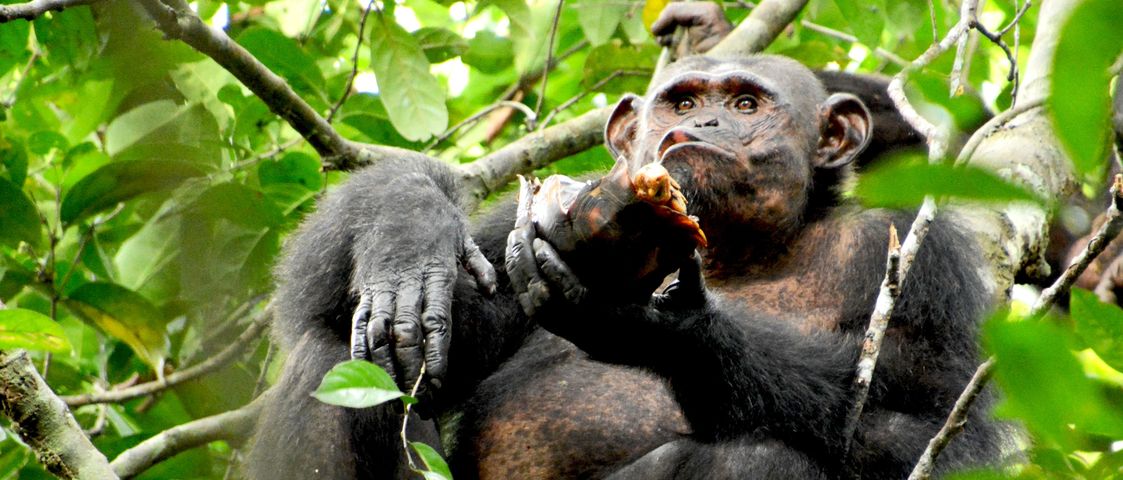Research
"We are spun into communication; even our self-consciousness hangs… of communication…. and [we] are – or for that very reason – almost incapable of communicating through communication.” (Paul Watzlawick)
How did language evolve?
Language — one of humans' most distinctive trait — remains a ‘mystery’ or even a ‘problem’ for evolutionary theory. Some scholars see evolutionary leaps as playing a crucial role in language evolution, while others stress evolutionary continuity between humans and other animals. However it may also be possible that none of these truths are complete in themselves, but language requires the convergence and integration of multiple mechanisms. If this perspective takes central focus, then language can be understood as a system of different layers with different phylogenetic and evolutionary origins.
Research Foci
We aim to pinpoint differences and similarities between communicative and cognitive skills of human and nonhuman animals to shed light on the evolutionary origins and driving factors of sophisticated communication and cognition. Like humans, other animals communicate by using complex sets of gestures, facial expressions, postures and vocalizations. These are not produced in isolation but are interlinked with the respective environmental and social contexts and the interactants’ individual ‘fingerprints’.
Furthermore, all species have to react to and counteract changes and challenges in their environment by either responding via avalaible structures and existing behaviors (flexibility) or by undergoing structural and functional changes in response to altered demands of its environment (plasticity). We are interested in how social and ecological factors impact upon observed degrees of plasticity and involved costs and paradoxes.
